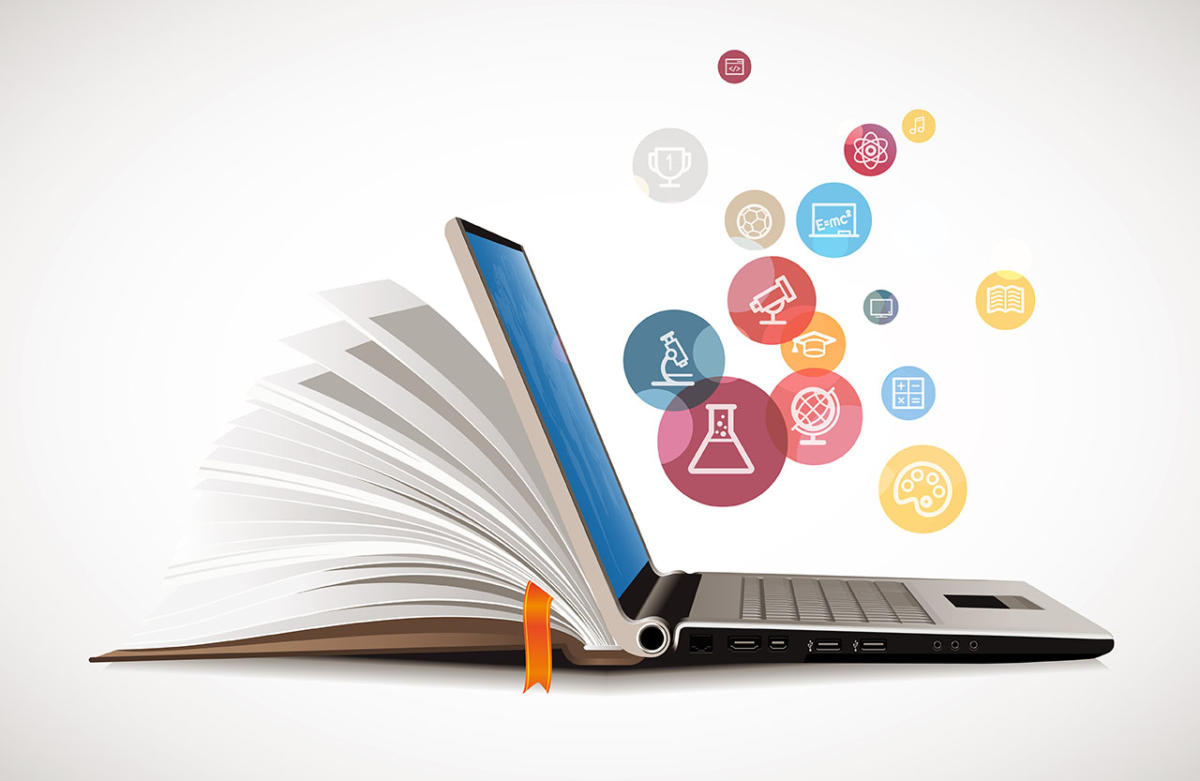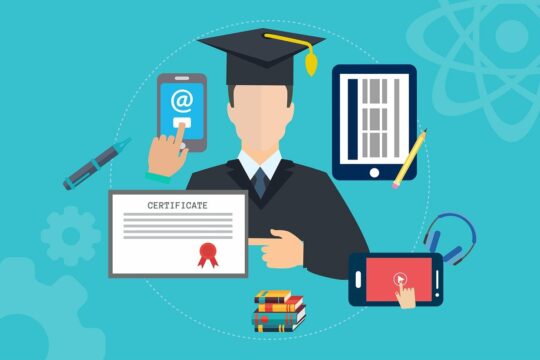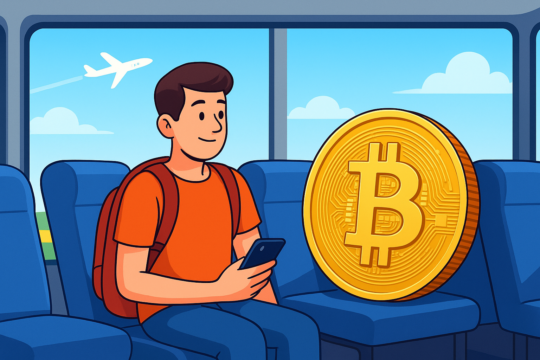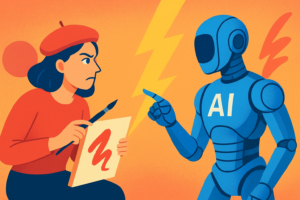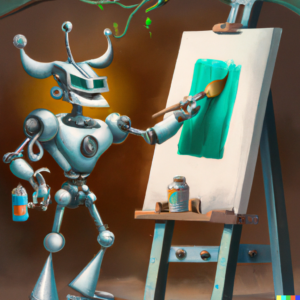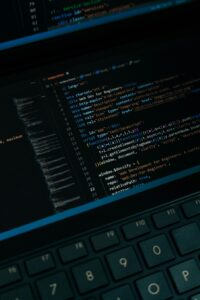EdTech, or educational technology, has been rapidly advancing in recent years. It includes various tools and resources, such as online learning platforms, virtual reality simulations, and educational software. With the advent of these technologies, the question arises: can EdTech replace classroom learning?
The short answer is no, EdTech cannot fully replace classroom learning. While it can supplement and enhance traditional teaching methods, it cannot replicate the benefits of in-person interactions.
Read more: Union Budget 2023 wish list: EDTECH
One of the best things about EdTech is its flexibility and accessibility. Online learning allows students to learn at their own pace and schedule. It can be particularly beneficial for students with busy schedules or those who live in remote areas. Additionally, virtual reality simulations and other interactive tools can provide students with immersive and engaging learning experiences that are difficult to replicate in a traditional classroom setting. For example, virtual reality simulations can allow students to experience a field trip to a historical site or a scientific lab without ever leaving the classroom.
Another advantage of EdTech is the ability to track student progress and provide personalized feedback. Many online learning platforms have built-in analytics that can track student progress and identify areas where they may need additional support. It is useful for teachers as it can help them to customize their instructions to meet the needs of individual students. Additionally, some online learning platforms and educational software can provide students with immediate feedback on their work, which can help to improve their understanding of the material.
EdTech can blend with traditional learning methods and improve the overall learning experience for students
However, EdTech also has its limitations. One of the biggest disadvantages is the lack of human interaction. While online learning platforms can provide students with a wealth of information, they cannot replace the personal interactions and feedback that students receive from their teachers and peers. In-person instruction also allows for more opportunities for group work and collaboration, which can be critical for developing social skills and problem-solving abilities. Also, no physical interaction between students and teachers can create a sense of isolation that directly affects the performance of children. Online learning platforms can’t provide experiential learning to kids as compared to traditional classrooms. Science experiments, art projects, and other hands-on activities can be difficult to replicate online and can be a critical component of student learning.
EdTech not only includes online learning platforms but also many other aspects like practical learning. Many experts believe that learning by doing helps students learn complex concepts way better than learning in theory. Hands-on learning is the best way to bring theoretical concepts into reality and understand it better. Practical learning is fun and engaging. Students don’t get bored with the concepts and it also allows teachers to teach students challenging concepts easily.
In conclusion, EdTech is a valuable tool for assisting and enhancing traditional classroom learning, but it cannot fully replace it. While it is flexible and accessible to students, it cannot replace the one-on-one human interactions and feedback that is critical for student development. However, EdTech can blend with traditional learning methods and improve the overall learning experience for students. It will create an extensive learning ecosystem that can provide students with the best of both worlds.
Blended learning combines traditional classroom instruction with online learning. This can allow students to benefit from the flexibility and accessibility of EdTech, while still receiving the personal interactions and feedback that are critical for student development
Blended learning combines traditional classroom instruction with online learning. This can allow students to benefit from the flexibility and accessibility of EdTech, while still receiving the personal interactions and feedback that are critical for student development. The government is also taking a step further to promote practical learning in the curriculum with the new guidelines of the National Education Policy (NEP) 2020. It is now important for schools and educational institutes to have a learning system that is more goal-oriented and practical. This will nurture the children toward concept-building and practical thinking.
For years now, schools have focused on bookish learning and still do in the remote areas of our country. The question that arises is how effective are they? Do kids learn from theory only? It comes as no surprise why kids hate studying when all teachers and parents give them piles of books and instantly love studying when you give them a hands-on learning experience. Experiential learning is a great way to make concepts easier for kids where they get a chance to learn beyond books and the EdTech industry is doing an excellent job in it. Many might still not agree with the concept of online learning for their kids but it enhances the overall development of kids.
Many schools are encouraging various technologies for their kids and upskilling them in the latest innovative skills that are significant today and in the future through EdTech companies. EdTech is playing a major role in shaping the career of the future generation of the human race.
ThinkerPlace encourages young children towards innovation and makes them future-ready for the technologically-driven world. Our STEM (Science, Technology, Engineering and Mathematics) based toys develop crucial skills in children that will be in high demand in near future. Our DIY toys focus on inculcating futuristic skills like coding, automation, robotics, and more in kids.

Guest contributor Deepti Sharma is the Director of ThinkerPlace, an EdTech company that provides end-to-end learning solutions for children across India through the introduction of S.T.E.M based Educational DIY toys. Any opinions expressed in this article are strictly that of the author.



